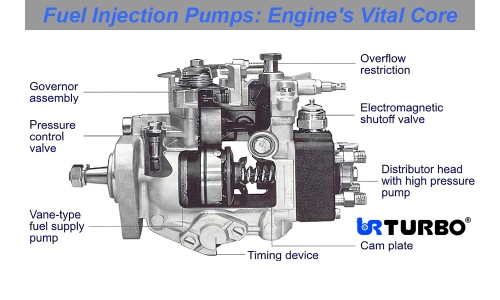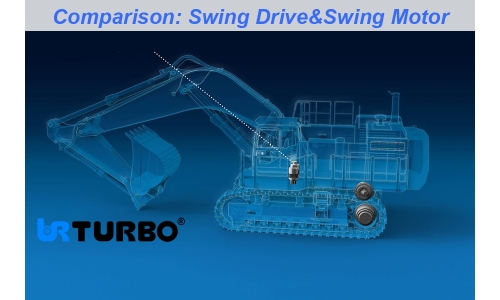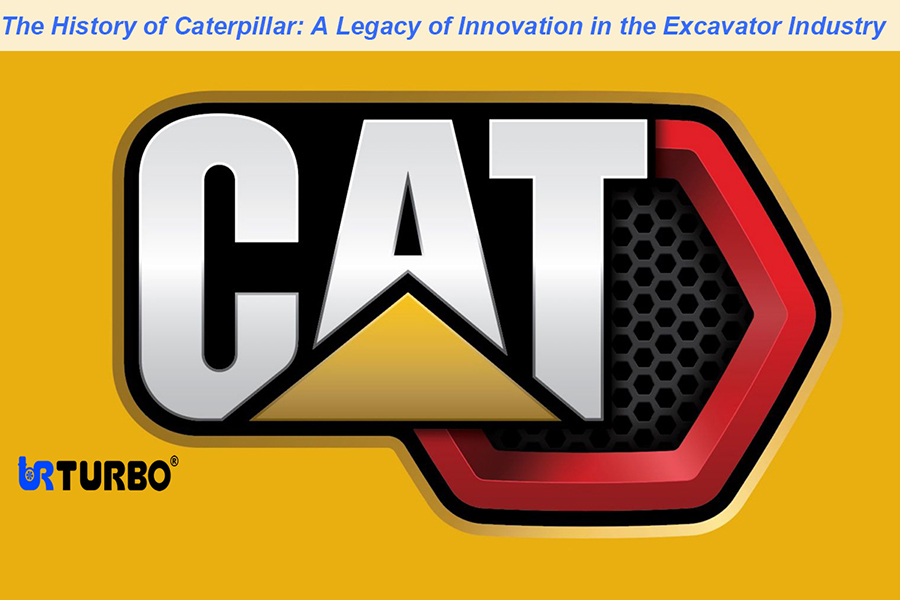
The History of Caterpillar: A Legacy of Innovation in the Excavator Industry
Caterpillar Inc., often simply known as CAT, is a name that's synonymous with heavy machinery, construction, and industrial ingenuity. For nearly a century, Caterpillar has led the excavator industry, shaping the way we build, mine, and move earth. From its modest beginnings in the early 20th century to its current status as a global heavy equipment manufacturing powerhouse, Caterpillar's journey is a testament to innovation, resilience, and a steadfast commitment to excellence.
The Early Days: Laying the Foundations of a Giant
Caterpillar's roots trace back to the late 19th and early 20th centuries, when two pioneering companies – Holt Manufacturing Company and C.L. Best Tractor Co. – were making waves in the agricultural and construction sectors. Benjamin Holt, the founder of Holt Manufacturing, is credited with inventing the first practical track-type tractor in 1904. This groundbreaking invention, featuring continuous tracks instead of wheels, enabled heavy machinery to operate on soft or uneven terrain without sinking. Holt's track-type tractor earned the nickname "Caterpillar" due to its crawling motion, and the moniker stuck.
In 1925, Holt Manufacturing and C.L. Best Tractor Co. merged to form Caterpillar Tractor Co., marking the official birth of the Caterpillar brand. This merger combined Holt's innovative track technology with Best's engineering prowess, creating a company poised to revolutionize the construction and mining industries.


Ben Holt (left) is shown here with a member of the British Army,General E.D.Swinton, circa 1918 in Stockton, California.
The Ascendancy of Hydraulic Excavators
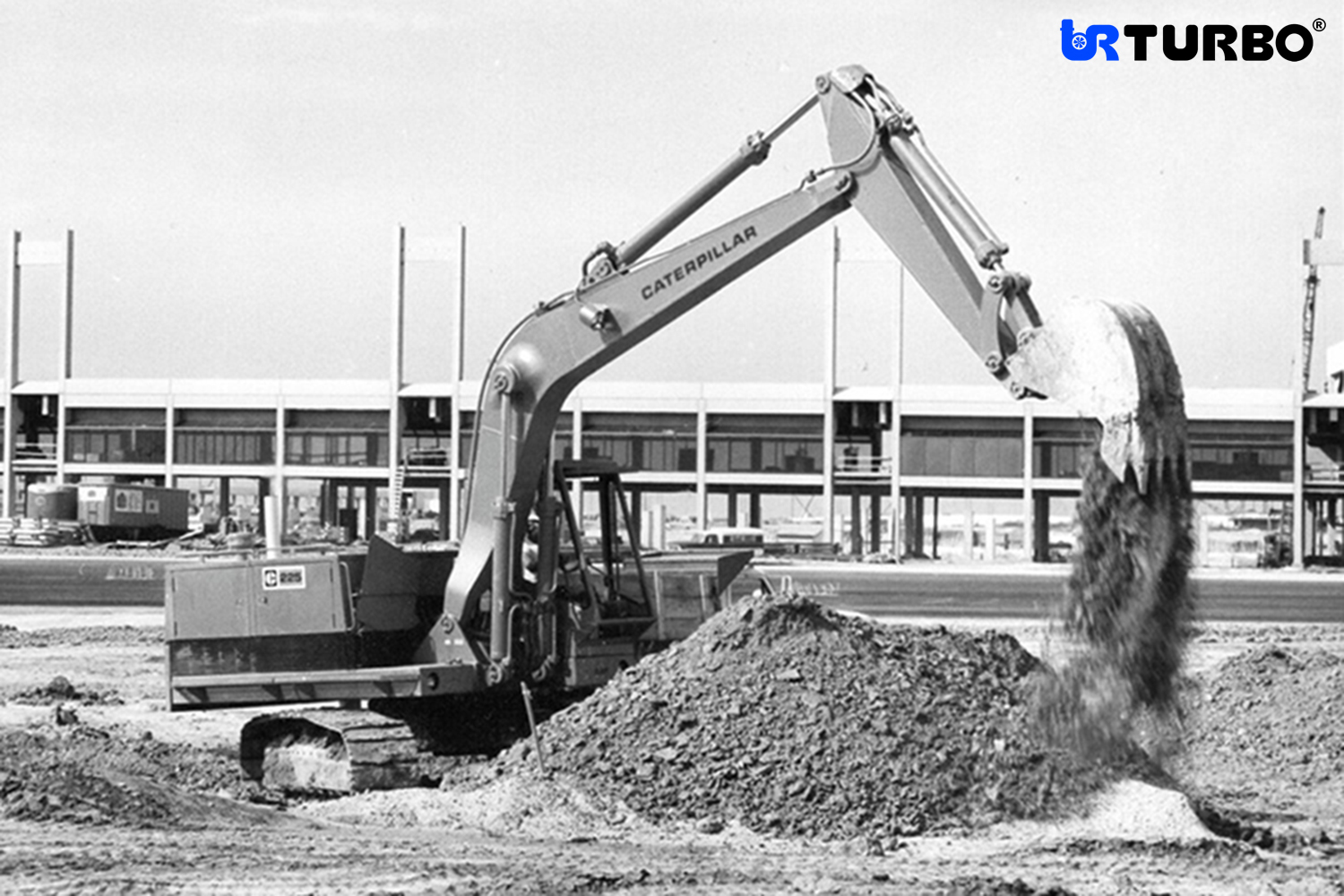

CAT225: CAT's first hydraulic excavator
While Caterpillar initially concentrated on tractors and bulldozers, the company swiftly recognized the potential of hydraulic excavators. In the 1930s, Caterpillar began experimenting with hydraulic systems, which offered superior precision and efficiency compared to the cable-operated excavators of the era. By the 1940s and 1950s, Caterpillar had rolled out its first hydraulic excavators, which quickly gained popularity for their versatility and reliability.
The 1960s and 1970s were a transformative era for Caterpillar and the excavator industry as a whole. During this time, Caterpillar unveiled iconic models like the CAT 225, a hydraulic excavator that set new benchmarks for power and performance. The CAT 225 became a mainstay on construction sites worldwide, earning a reputation for its durability and ability to tackle tough tasks. This period also saw Caterpillar expand its global footprint, establishing manufacturing facilities and dealerships across Europe, Asia, and beyond.
Innovation and Expansion: Caterpillar in the Modern Era
As the excavator industry evolved, so did Caterpillar. The company continued to invest heavily in research and development, introducing cutting-edge technologies that redefined the capabilities of excavators. In the 1980s and 1990s, Caterpillar incorporated advanced hydraulic systems, ergonomic operator cabins, and computerized controls into its machines, enhancing both performance and operator comfort.
One of Caterpillar's most significant contributions to the excavator industry has been its focus on sustainability. In the early 2000s, the company began developing hybrid and electric excavators, aiming to reduce fuel consumption and emissions. Models like the CAT 336E H hybrid excavator showcased Caterpillar's commitment to environmental stewardship while maintaining the power and reliability that customers demand.
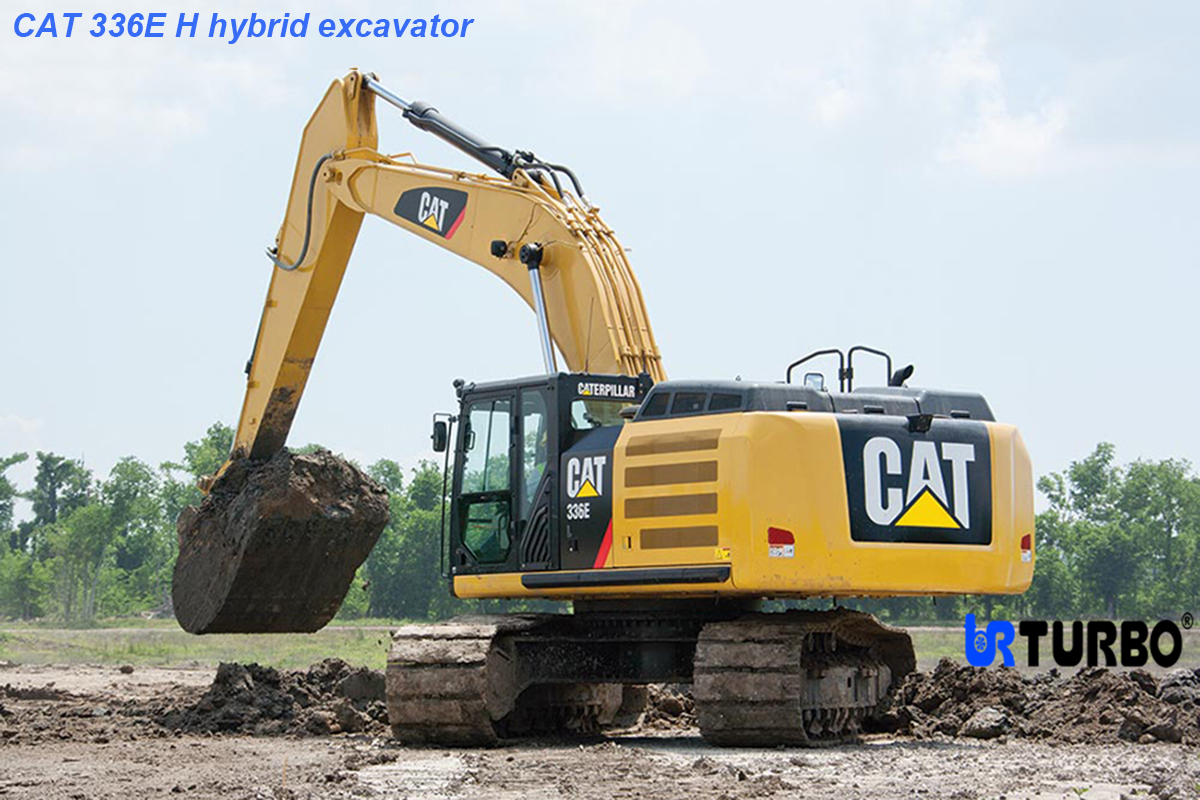

Caterpillar has also embraced digital transformation, integrating GPS and telematics systems into its excavators. These technologies enable operators to work with unprecedented precision, optimizing digging patterns and minimizing waste. Caterpillar's VisionLink® platform, for instance, allows fleet managers to monitor machine performance in real-time, ensuring maximum efficiency on the job site.
Caterpillar's Excavator Lineup Today
Today, Caterpillar offers one of the most comprehensive excavator lineups in the industry, catering to a wide array of applications and industries. From compact excavators like the CAT 301.5, perfect for urban construction and landscaping, to massive mining excavators like the CAT 6090 FS, capable of moving thousands of tons of material per hour, Caterpillar has a machine for every job.
The company's excavators are renowned for their rugged construction, advanced technology, and operator-friendly design. Features like adaptive control systems, automatic engine speed adjustment, and advanced hydraulics ensure that Caterpillar machines deliver top-notch performance even in the most challenging conditions.
A Legacy of Impact
Caterpillar's influence extends far beyond the excavator industry. The company's machines have played a pivotal role in some of the world's most ambitious construction and mining projects, from the Panama Canal to the Burj Khalifa. Caterpillar's dedication to innovation and quality has earned it a loyal customer base and a reputation as a trusted partner in progress.
As Caterpillar looks to the future, the company remains focused on sustainability, digitalization, and meeting the evolving needs of its customers. Whether it's developing autonomous excavators, exploring alternative fuels, or expanding its global reach, Caterpillar continues to push the envelope in the excavator industry.
Conclusion
From its early days as a manufacturer of track-type tractors to its current status as a global leader in heavy equipment, Caterpillar's history is a tale of innovation, perseverance, and impact. The company's excavators have not only transformed the construction and mining industries but have also helped build the modern world as we know it. As Caterpillar continues to innovate and adapt, one thing is certain: its legacy in the excavator industry will endure for generations to come.










